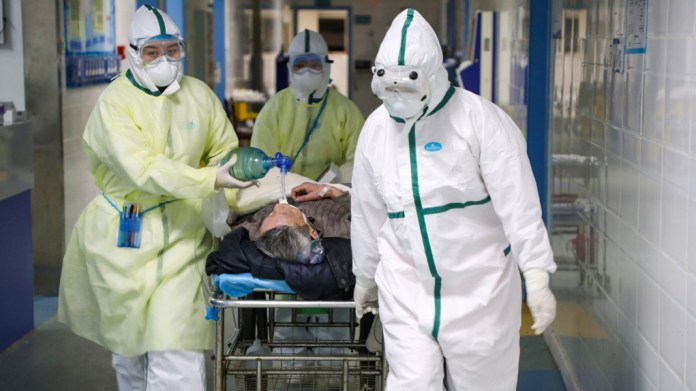
Over 700 districts across India, 170 – roughly a quarter- have been identified as coronavirus hotspots and 207 as potential hotspots, the Centre said today, tasking the states to ensure that the disease be contained there. Special teams will be working in the containment zones of the hot spots, doing a door-to door survey and testing people not just for COVID-19 but also influenza-related illness and SARI (Severe Acute Respiratory Illness).
The Health ministry has said restrictions will continue to apply on hot zones for the next 28 days till all the patients are recovered and no new patients have been detected. In rural areas, the hotspots will have a 3 km radius. And for buffer zones (orange zones) it will be 7 km.
The ministry also said it would have to be the state and district administrations which will have to decide on the epicentre of the infections. The yardsticks would include contacts and clusters among other things. In urban areas it would be difficult to specify areas.
“The state and districts know the best and the Centre can’t decide,” senior health ministry official Lav Agarwal said.
The states have also been asked to report on the rate the virus is spreading — doubling or increase in cases — and on basis of this, the list of hot spots will be revised. “This is a continuous and rolling exercise,” Mr Agarwal said.
After yesterday’s official extension of the lockdown, the government today issued detailed guidelines on the lockdown and a process to easing back certain sectors, especially in coronavirus-free zones.
The total number of COVID-19 cases in the country India has risen to 11,439 with 1,076 fresh cases reported in the last 24 hours while the death toll stands at 377, the ministry official said.(NDTV)






